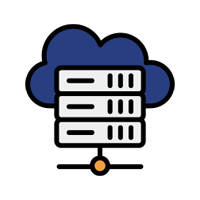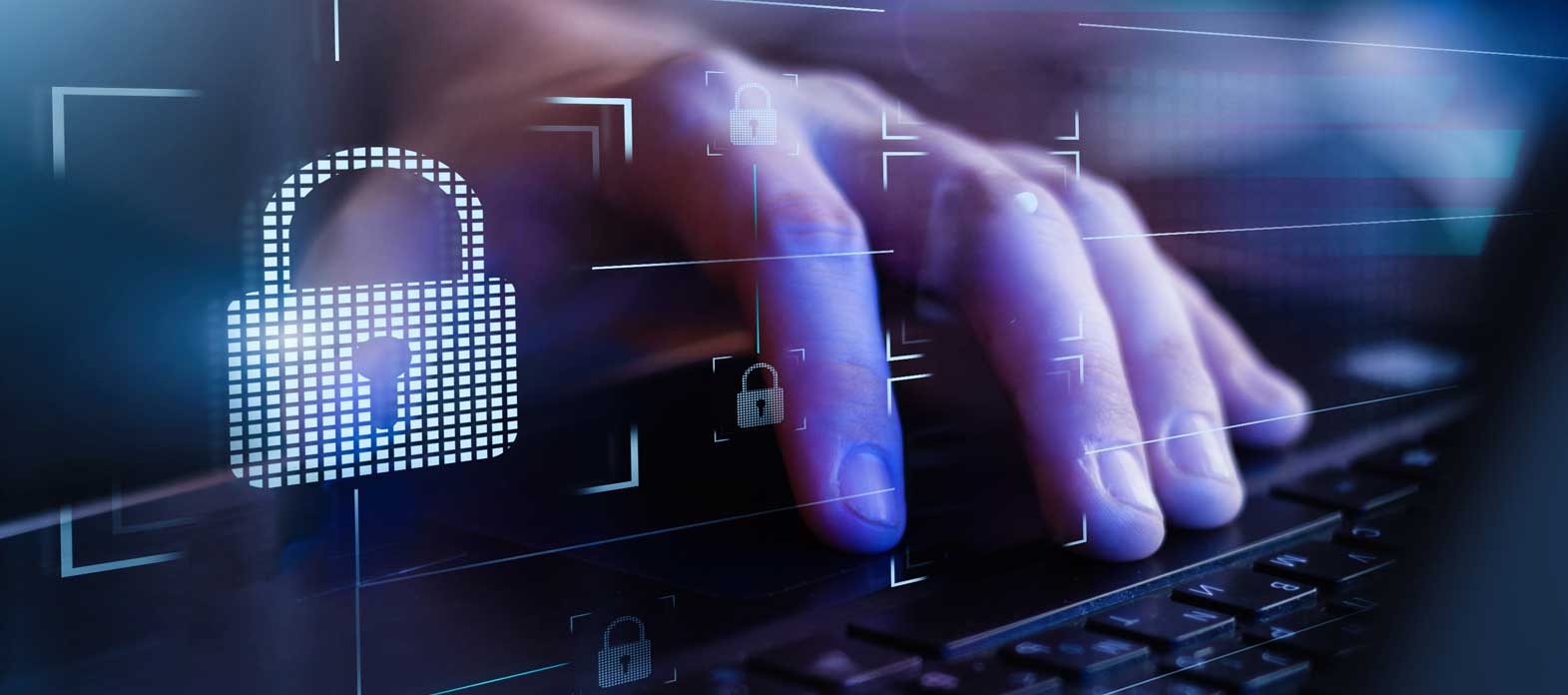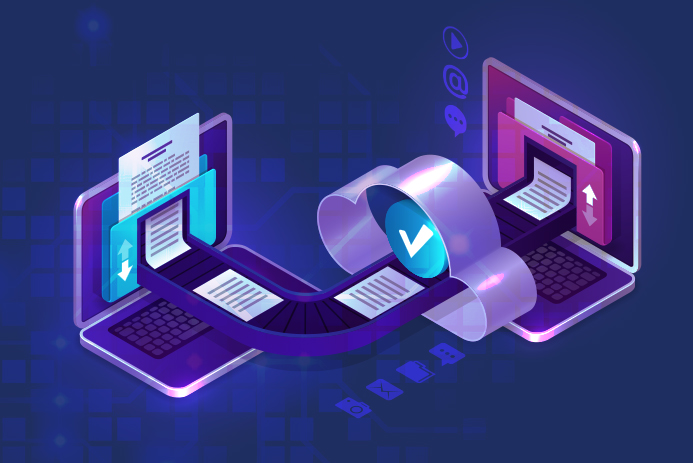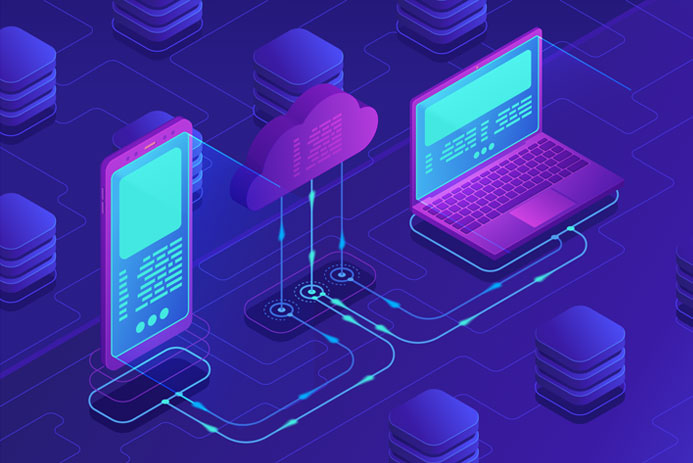Businesses today are generating and managing vast amounts of critical data, which serves as the driving force behind informed decision-making, customer insights, and overall business growth. To ensure uninterrupted operations and safeguard against unforeseen events, robust backup and recovery solutions are essential.
Cloud-native data backup is revolutionising data protection, offering unparalleled advantages for seamless business continuity. In this article, we will explore the key benefits of cloud-native data backup, shedding light on why it has become a critical component of modern-day data management strategies.
- Agility and Scalability: Empowering Growth and Adaptation: Cloud-native data backup provides businesses with unmatched agility and scalability. Unlike traditional backup solutions constrained by hardware limitations, cloud-native backups allow for seamless scaling of storage capacity as data requirements evolve. By leveraging the power of the cloud, enterprises can efficiently manage their data, including endpoint data protection, and adapt to evolving needs, ensuring their backup system keeps pace with the enterprise’s expanding data landscape.
- Robust Data Protection and Redundancy: Safeguarding Critical Information: One of the most significant advantages of cloud-native backup solutions is their built-in redundancy. This approach significantly reduces the risk of data loss and enhances overall resilience, protecting against hardware failures, natural disasters, or other unforeseen events that could potentially disrupt operations and lead to endpoint data loss. Backup solutions offer peace of mind that critical information is safely stored and accessible, ensuring business continuity.
- Streamlined Disaster Recovery: Swift Response to Disruptions: In the face of disasters or data breaches, swift recovery is essential to minimise downtime. Cloud-native data backup solutions, including endpoint data loss prevention, are designed to streamline disaster recovery processes effectively. With features like point-in-time recovery and incremental backups, businesses can restore critical data with minimal downtime, ensuring uninterrupted operations and safeguarding their reputation.
- Cost Efficiency and Operational Optimisation: Traditional backup solutions often call for major upfront investments to be made in hardware and infrastructure. With cloud-native data backup, businesses can bid farewell to these upfront costs. By eliminating the need for on-premises infrastructure, enterprises can achieve substantial cost savings. Cloud-native backup solutions offer flexible pay-as-you-go models, allowing businesses to optimise backup expenses, paying only for the storage and services they utilise.
- Enhanced Security and Compliance: Data security and compliance are critical concerns for businesses, especially when dealing with sensitive or confidential information. Cloud-native backup solutions address these concerns by employing robust security measures. Advanced encryption, access controls, and data isolation ensure the confidentiality and integrity of backed-up data, making them an ideal choice for enterprises across industries seeking to effortlessly adhere to regulatory requirements.
Choosing The Right Backup Solution
When considering backup solutions, businesses should look for a trusted partner that can ensure data security, scalability, and efficient data recovery. Yotta Safe is a leading enterprise endpoint backup solution that helps protect data on desktops and laptops. With hardware failures, accidental deletions, theft, human errors, and malicious attacks posing constant threats to data, Yotta Safe ensures worry-free backup without storage limitations and high costs. Its scalable, secure, and cost-efficient approach relieves your IT team, safeguarding workforce data wherever they are while maximising protection and supporting BYOD adoption.
With strong security measures like authentication, SSO with SAML, and role-based access controls, it minimises network usage through deduplication and incremental backups, providing self-service recovery options, device refresh, and easy management through an integrated dashboard. Yotta Safe further ensures data security with encryption, secure erase, geo-location, and remote wipe functions, delivering an enterprise-grade solution for endpoint backup and data protection from ransomware attacks. Meta description – Unlike traditional backup methods that rely on on-premises hardware and infrastructure, cloud-native data backup harnesses the flexibility, scalability, and accessibility of the cloud to provide a more agile approach to data protection. Read this article to know the power of cloud-native data backup and its crucial role in ensuring endpoint data protection.

















